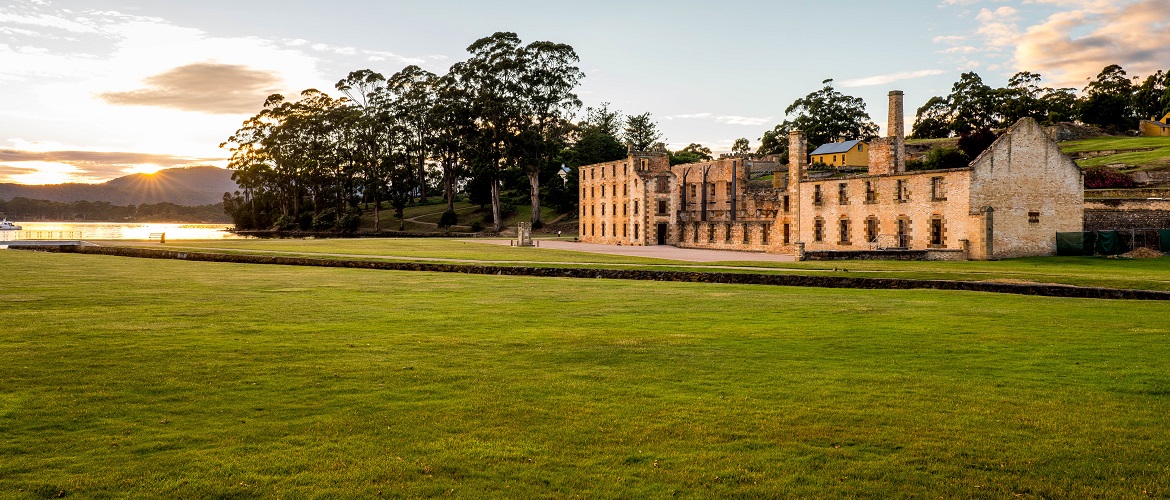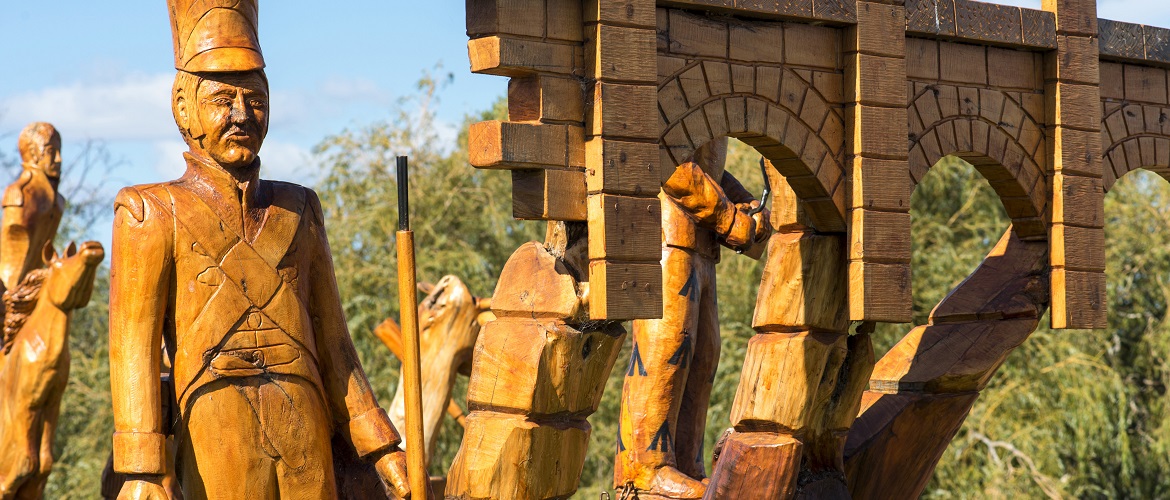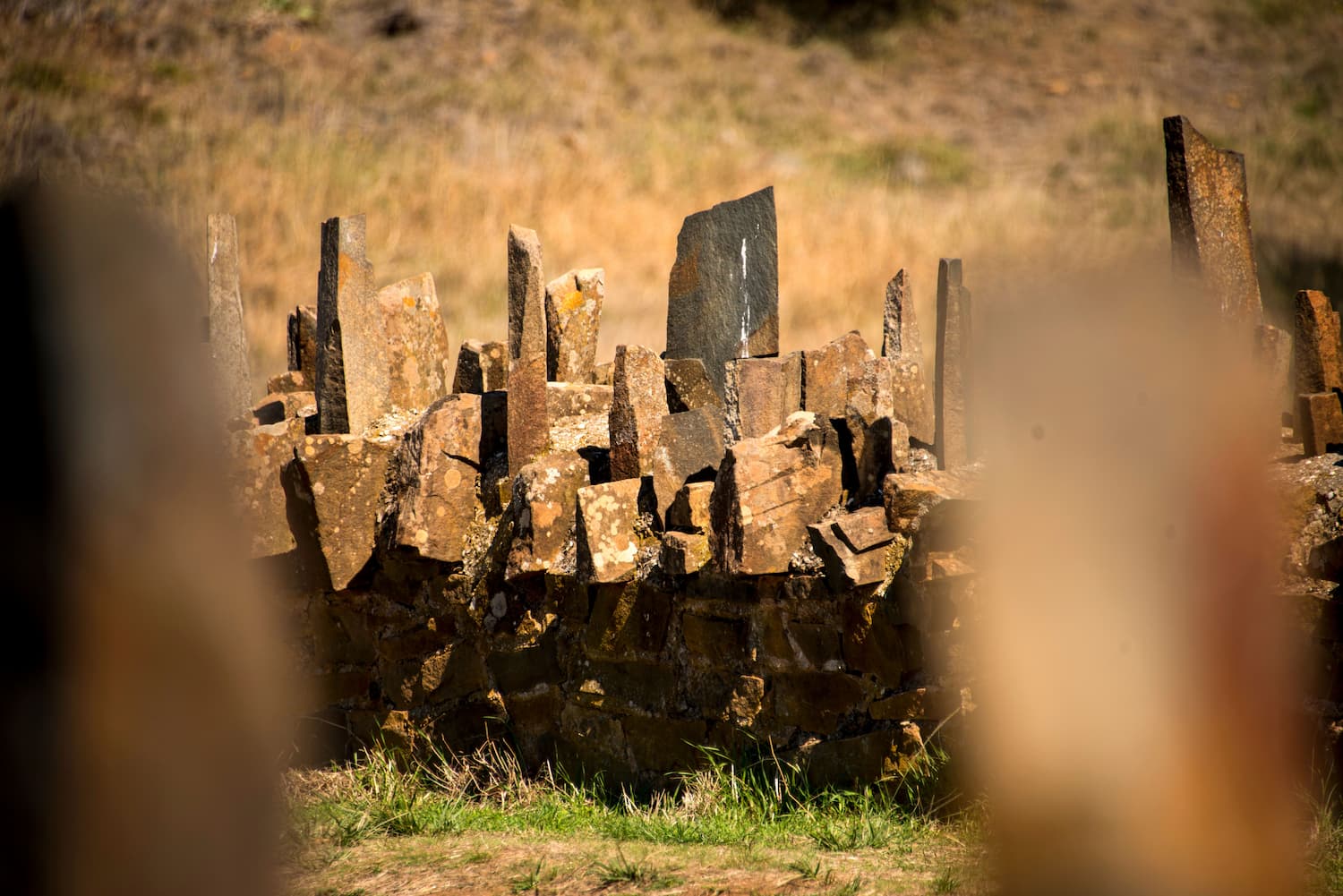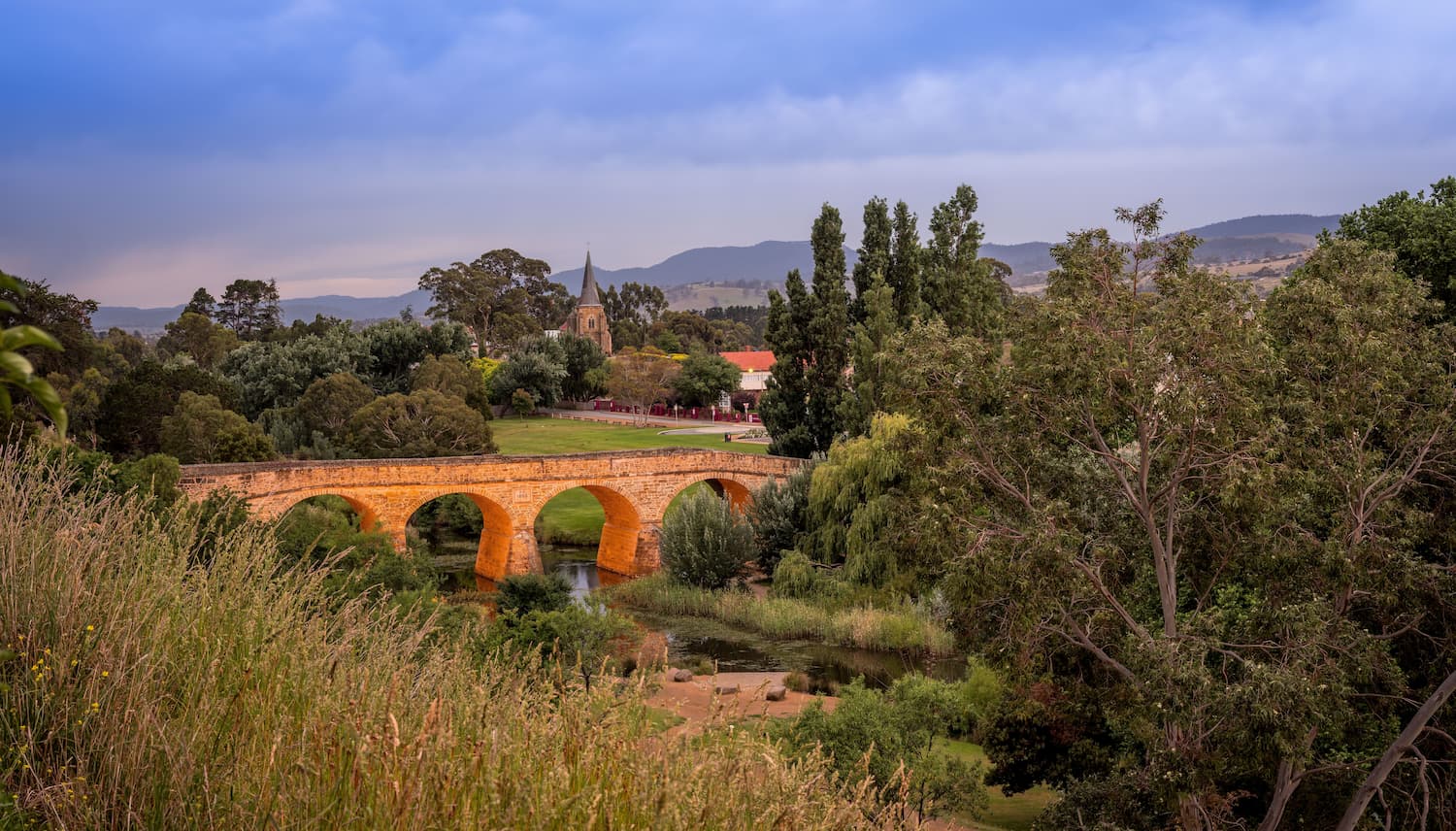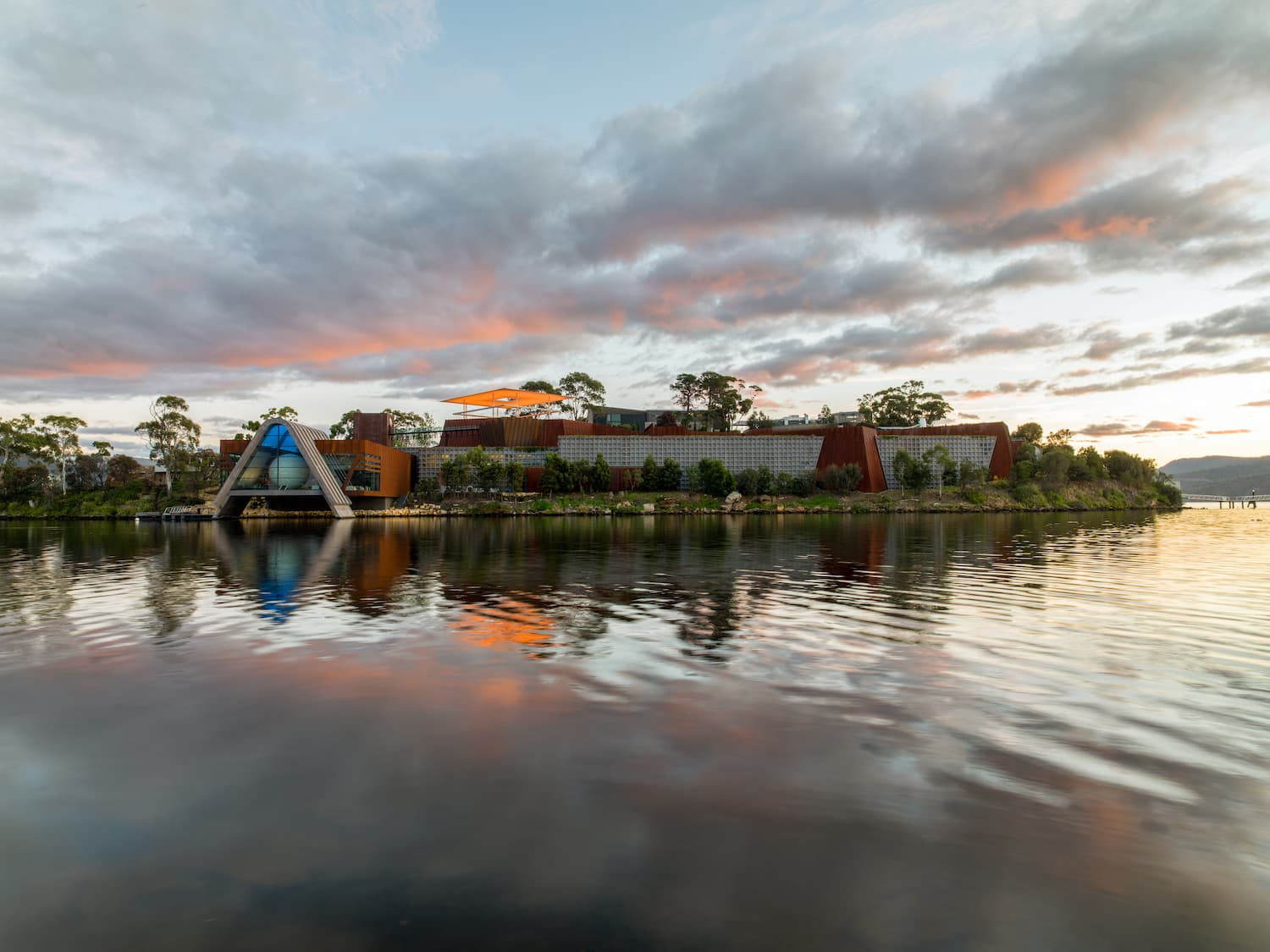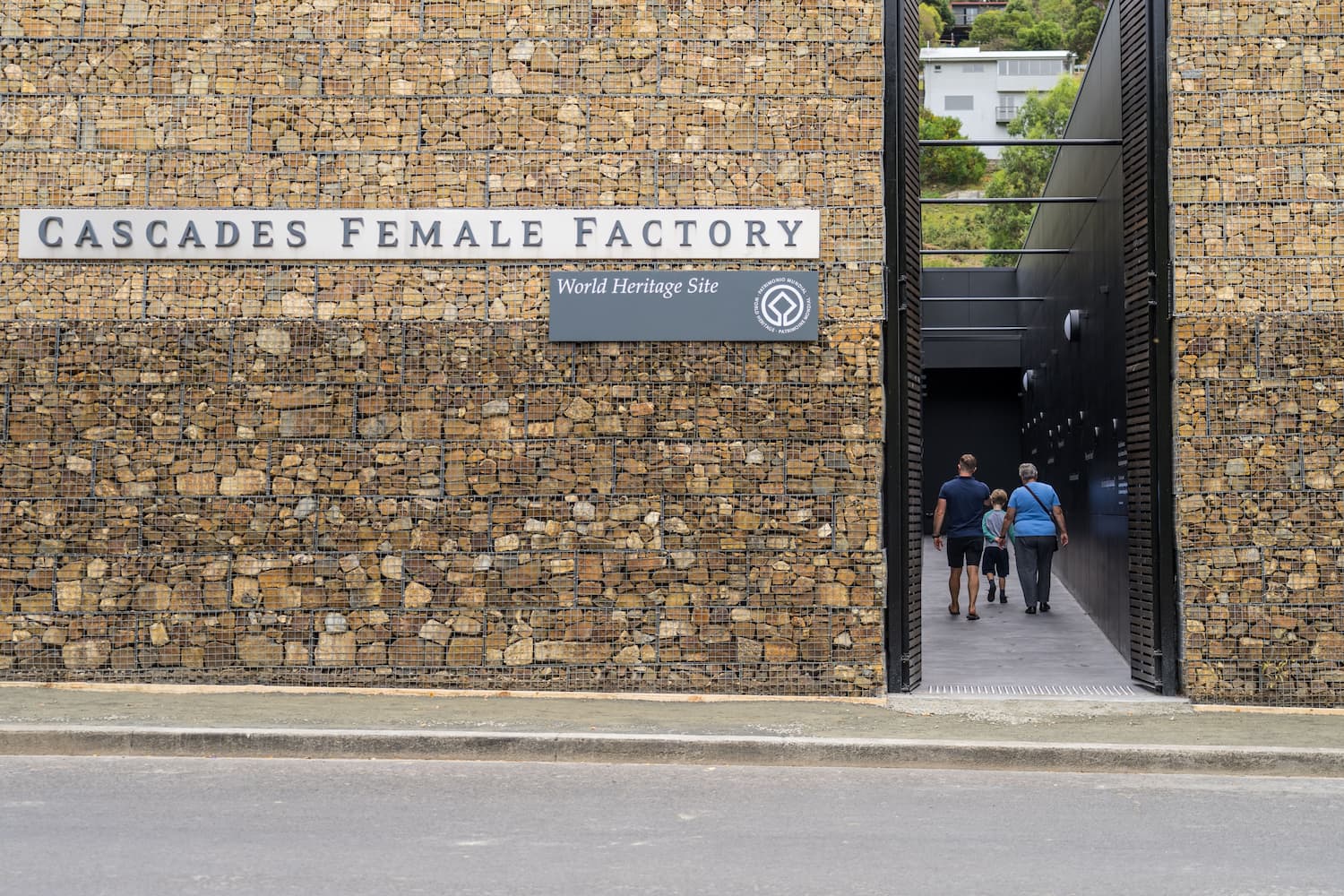Tasmania’s history is rich with intrigue, toil and majesty. Much of its vast and exciting past has shaped the state’s culture and art scene.
From the first indigenous people, to white settlement and the harsh convict era, the history of Tasmania is richly displayed in its World Heritage Area’s, historical attractions and museums around the state, all showcasing the beauty and the diversity of the island’s past.
Indigenous History
Aboriginal people have lived in Tasmania for at least 35,000 years.
Stories on the Mouheneenner Aboriginal people, who were Tasmania’s original inhabitants, can be viewed at the Ningenneh Tunapry Exhibition at the Tasmanian Aboriginal Gallery in the Tasmanian Museum in Hobart. ‘Ningenneh Tunapry’ means ‘to give knowledge and understanding’ and the exhibition offers you the chance to celebrate Tasmania’s Aboriginal past, present and future in a location where the Mouheneenner people lived for thousands of years before European colonisation in 1804.
There are also numerous ancient Aboriginal rock carving sites around Tasmania, most notably the Tiagarra Keeping Place interpretation centre in Devonport and the Truganini Reserve, south of Hobart.
Convict History and White Settlement
Tasmania’s convict history is rich with toil and torment. Throughout the 1800’s, over 70,000 men, women and children were transported to the then named Van Diemen’s Land. For prisoners and settlers alike, Van Diemen’s Land was known as the ‘end of the world’. The treacherous journey across the seas claimed many lives, as did the harsh climate and tough conditions of Van Diemen’s Land. This unforgiveable landscape was ideal for a convict prison settlement, being as severe as it was majestically beautiful.
The Port Arthur Historic Site is Tasmania’s most famous penal settlement, located on the Tasman Peninsula.
Built on the picturesque Mason Cove and surrounded by dense forest while the nearby Coal Mines Historic Site was Tasmania’s first mine, operated by over 500 convicts. Today, mining ruins and relics can be explored among the surrounding bushland.
In Hobart, the Cascades Female Factory tells the stories of the thousands of female convicts transported to Tasmania and on Maria Island off Tasmania’s east coast, Darlington Probation Station consists of buildings dating back as far as the 1820s set in a beautiful natural environment.
And in the north, the stately Brickendon and Woolmers Estates are extraordinary testaments to the hard work of convicts assigned to private landowners.
Other convict highlights around the state include Sarah Island in Macquarie Harbour, the convict built bridge in Richmond and the recently constructed memorial convict trail in Campbell Town.
As well as these, there are lots more convict sites across the state, including roads, bridges and buildings – in fact, a visit to just about any early town will reveal the hard labour and skilled craftsmanship of Tasmania’s convicts.

